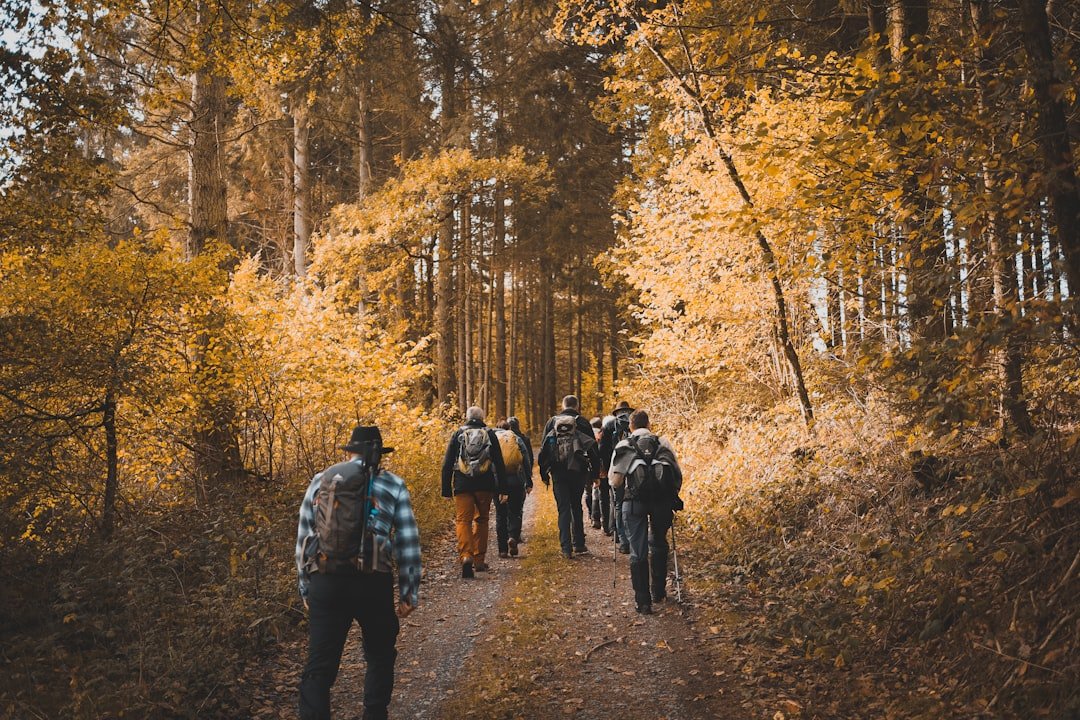
Imagine a moment when you’re online, searching for challenges to invigorate your life, and you stumble upon an enticing mountain that you’ve yet to conquer. You’re fully equipped with your hiking gear, trekking poles in hand, but you find yourself alone. Will you cancel your plans or push forward?
I suggest you embrace the adventure. Venture out solo.
Isn’t it enticing to challenge yourself beyond just completing the hike? There’s a certain satisfaction in tackling a trail alone and returning home as if you never left, enriched by the experience.
So, how can you navigate this journey safely? Here are seven strategies to keep in mind when hiking solo.
1. Begin Locally
If you’re setting out on your first solo hike, consider starting with a nearby mountain. This approach allows you to ease into the experience, knowing you’re close to home.
Whether it’s a small hill or a larger park in your area, there’s a sense of security that comes from venturing close to your neighborhood. Familiarity with the terrain also helps you feel more at ease as you navigate the path.
If you’re still feeling uncertain, consider bringing along your dog—if she’s fit enough for the adventure.
2. Trust Your Instincts
Your instincts exist for a reason, and it’s essential to heed them.
Being attuned to your surroundings is crucial for assessing various situations during your hike. When challenges arise, who will be your ally? Your intuition. It’s your best guide when you’re on your own, and you have no one to debate with.
If you’re contemplating a path that gives you pause, reconsider your options. Trust that your judgment will lead you along the safest route, as this natural instinct is fundamental to human survival.
3. Prepare Your Gear
When hiking solo, it’s imperative to have your gear in top-notch condition. Your equipment will accompany you on your journey, and being well-prepared can help alleviate anxiety about your trek.
Examine your gear before you set off to ensure everything is functioning properly. Make necessary repairs or replacements so you can feel confident in the reliability of your tools.
4. Embrace Loneliness
Solo hiking offers valuable lessons, including how to cope with solitude and find joy in your own company. This experience can be both literal and metaphorical.
When you’re out there in nature without anyone to lean on during moments of boredom or sadness, it’s up to you to lift your spirits. That’s one of the great benefits of solitude—you’re not dependent on anyone else for happiness.
If you’re hesitant to venture out alone, consider bringing your furry friend along. While they may not engage in conversation, their playful presence can easily brighten your mood.
5. Maximize Enjoyment
Completing a hike can be a demanding task, whether the trail is short or long—it requires significant energy. Yet, it’s vital to transform the effort into a pleasurable experience.
Curate a playlist on your phone to elevate your mood, especially when fatigue sets in midway through your journey. It might seem trivial, but you’d be surprised how much music can enhance your hiking experience.
Moreover, turn unexpected weather conditions such as a looming thunderstorm into an opportunity for fun. When was the last time you enjoyed a rain shower? Instead of seeking shelter, embrace the moment and allow the rain to uplift your spirits.
6. Inform Someone of Your Plans
As excited as you are about embarking on this adventure, don’t overlook the importance of notifying friends or family about your plans. Giving them a heads-up can provide you with peace of mind, knowing they are aware of your whereabouts should any unforeseen circumstances arise.
7. Be Prepared for Weather Changes
Being aware of the weather conditions for your hike is crucial for your safety. This knowledge helps you to select appropriate clothing and gear to shield yourself against any unexpected changes in the forecast.
Preparation is never a disadvantage. Equipping yourself with the necessary information prior to heading out on your solo hike is key to a safe and enjoyable experience.




